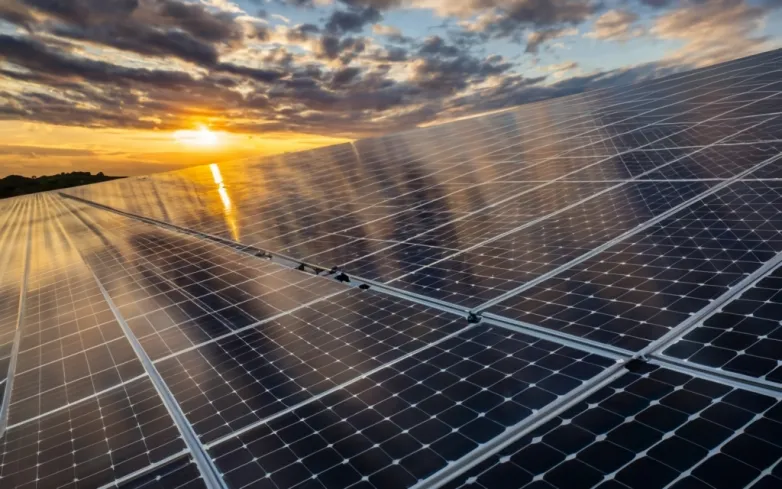Investors Eye Syria’s Renewables As Residential Solar Exceeds Two Gigawatts
- Investor appetite for Syrian renewables is growing as residential solar capacity is estimated to exceed 2 GW amid efforts to rebuild a shattered power system.

Syria’s energy landscape is quietly changing. More than a decade of war left transmission lines frayed, generation plants damaged, and blackouts routine. In that vacuum, households and small businesses began taking matters into their own hands—importing panels, pooling savings, and building rooftop systems one array at a time. Today, industry estimates suggest residential solar capacity has climbed past 2 GW, a striking number for a country still rebuilding basic infrastructure.
That bottom-up surge is now drawing top-down attention. Regional investors and Syrian diaspora capital are exploring structured opportunities across the value chain: formalizing rooftop fleets through aggregation and O&M contracts; financing neighborhood-scale microgrids that combine PV, inverters and batteries; refurbishing small hydro and wind in safer provinces; and supplying in-country assembly of racking, cables, and combiner boxes. For financiers, the appeal is twofold—real unmet demand and dollar-saving economics versus diesel.
The challenges remain serious. Currency volatility complicates imports and service contracts; sanctions and compliance checks slow payments and equipment sourcing; and permitting and standards vary by locale. Technical hurdles are equally real: ad-hoc wiring, mismatched inverters, and flooded lead-acid batteries that degrade quickly. But that, too, is where opportunity lies. Investors with patient capital and strong compliance can professionalize an already vibrant, if informal, market.
On the ground, the most resilient models blend simplicity and service. String inverters for easy swaps; lithium-iron-phosphate batteries with local maintenance; standardized rooftop kits with surge protection; and training programs that turn informal installers into certified technicians. Aggregating thousands of rooftops under unified monitoring can unlock performance guarantees and insurance, while enabling pay-as-you-go billing that smooths costs for families and shopkeepers.
Big picture, Syria’s improvised solar buildout is less a policy story than a survival story—yet it is creating the scaffolding for investment. If capital arrives with realistic risk pricing, rigorous compliance, and a focus on reliability over flash, the country’s patchwork of panels could evolve into a cleaner, safer backbone for everyday life.
Also read

